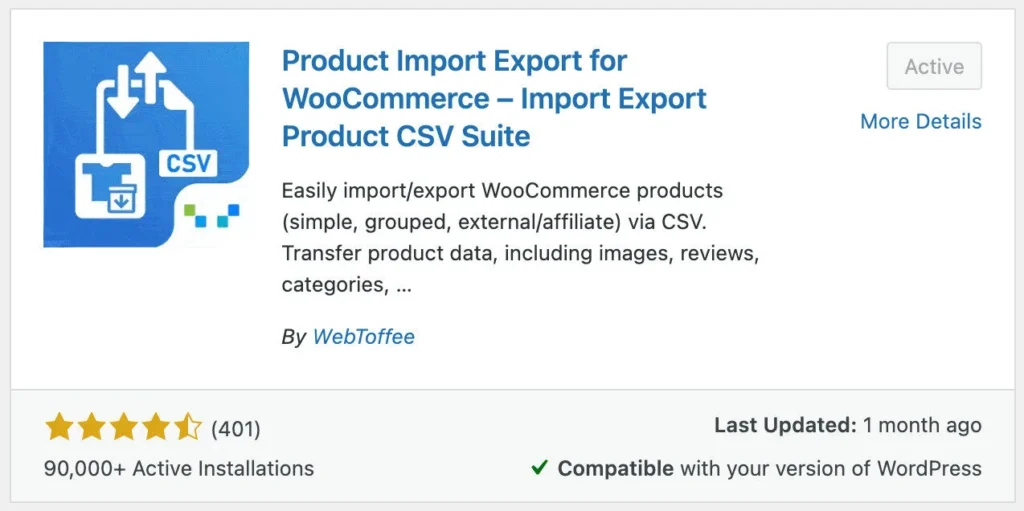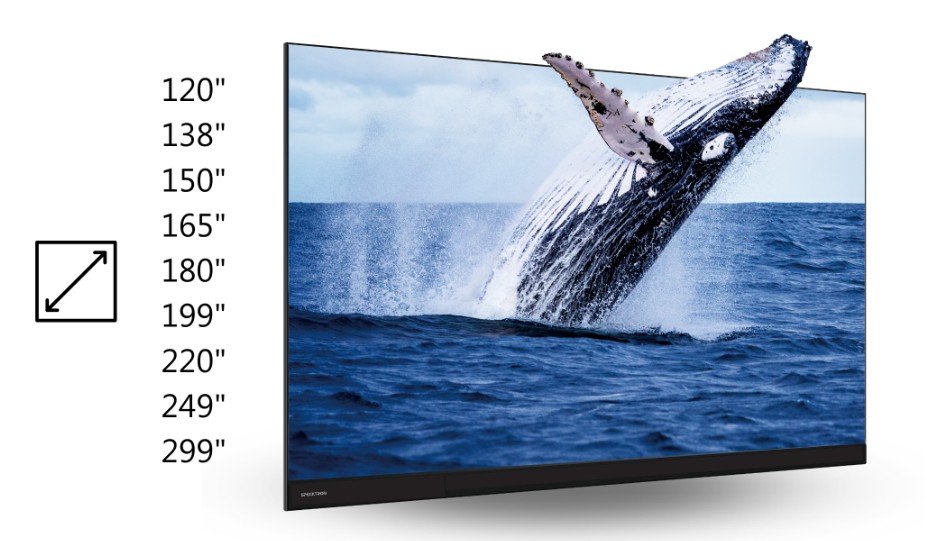Ideally, your readers should spend at least five or ten minutes reading the blog post you created after putting a lot of time and effort. Unfortunately, you get an average time on page of only a few seconds.
The time people spend on your site indicates how they feel about your content, presentation, and user experience. The good news is that you can use simple formatting tactics to double average time on page.
From load speed to quality and length of content, many factors can increase or decrease the time an average reader spends on a blog post. Formatting refers to the quality of the presentation or how well you present your content on a page. Let’s take a look at 7 most effective and often missed formatting techniques that can double average time on page:
1. Write a killer headline
Imagine a long blog post or a news story with no headline. Basic and plain headlines can also make your posts look dull. While you must work hard to create a good copy for your blog posts, don’t forget to create killer titles and headlines that instantly grab the attention of readers.
Most people may not even read a post if its headline is off-putting. In other words, your headline is your first chance to build readers’ interest in your content. If we look at the stats, 8 out of 10 people read a headline, but only 2 out of 10 click and read the rest of the content. To make life easier, use headline templates.
Creating compelling headlines is an effective formatting technique that leads to improved average time on page. However, make sure your headlines aren’t deceptive or misleading.
2. Break your content into different sub-headings
Long blocks of text don’t work when it comes to digitally consumed content, which means you need to break up the text to make it more attractive. Breaking content into various sub-headings is a great tactic to develop well-structured posts that are easy-to-read and clear.
As a content manager, one of the biggest challenges you face is getting people to actually read your content. People are busy; they need quick and straightforward solutions. The majority of your readers are likely to skim through your content and move on. To make those readers stay longer on your post, you have to break your posts into different sub-headings to make your content more skimmable.
3. Write longer articles
Creating long-form articles is a great tactic to keep your visitors longer on your pages. The ability to create valuable and long-form content not only increase blog traffic but also gives your readers comprehensive answers. Marketing gurus like Neil Patel and Bronson Taylor have repeatedly highlighted the significance of long-form content and its positive impact on the success of a business.
If your content is truly helpful and thorough, it means you’ll witness increased page views and time on site. Besides, the more time your audience spends reading your content, the more likely they will trust your brand. So, start writing longer articles to provide your audience with more insightful, enjoyable, and detailed information.
4. Use highly relevant links
Using both external and internal links in a meaningful way can help you ensure more in-depth reading experiences Relevant links help your readers find complementary information that adds additional layers of context. Thought leaders and influencers don’t hesitate to incorporate valuable links deliberately and smartly.
Internal links are more helpful when it comes to increasing the average time on the page. The more time your readers spend reading other relevant posts on your site, the better.
5. Use the right type of images
Images are probably one of the most engaging forms of content on the internet. People are likely to spend more time on pages that offer a balanced mix of text and visuals. Leading bloggers use relevant images to break up text and make it easier to understand.
When adding images to your content pieces, make sure to consider the following best practices:
- Incorporate screenshots
- Use legal images
- Use explainer images
- Use images frequently
- Try to create your own images
- Optimize images for search engines
- Determine the ideal size
Use images in your posts wherever they make things easier and fun for readers. Think of images the same way as you think of blog copy or title.
6. Use the right number of images
How many images should you use in a post to make it more engaging? There is no one-size-fits-all answer. However, we recommend you to use as many images as you need to. The consensus says it’s appropriate to use one image per 150 words.
Don’t go overboard with visuals just to decorate your content. Images are supposed to support and enhance your written text. So, make sure all of the images in a piece of content are there for a purpose.
7. Pick a blog width
What will happen if your readers have to constantly look back and forth, trying to read the text and find the next line? It happens when you make your posts too wide to be reader-friendly. Have you ever wondered why Microsoft Word doesn’t take up the whole width of a screen?
No matter how good your content is, minor formatting mistakes can lead to alarmingly low average time on the page. Picking the wrong blog width is surely one of those mistakes. So, choose the optimal blog width that neither leads to readers scrolling non-stop nor makes it difficult for them to find the next line. For fast readers, lines of about 100 characters are best, while slow readers enjoy reading lines of about 55 characters.
Give your audience a reason why they should read your content from start to conclusion. While creating great content is imperative to your online success, don’t forget to use these 7 formatting tactics to double the average time on the page. The presentation goes a long way when it comes to publishing inspiring content.
Explore more articles related to Digital Marketing:







Leave a Reply